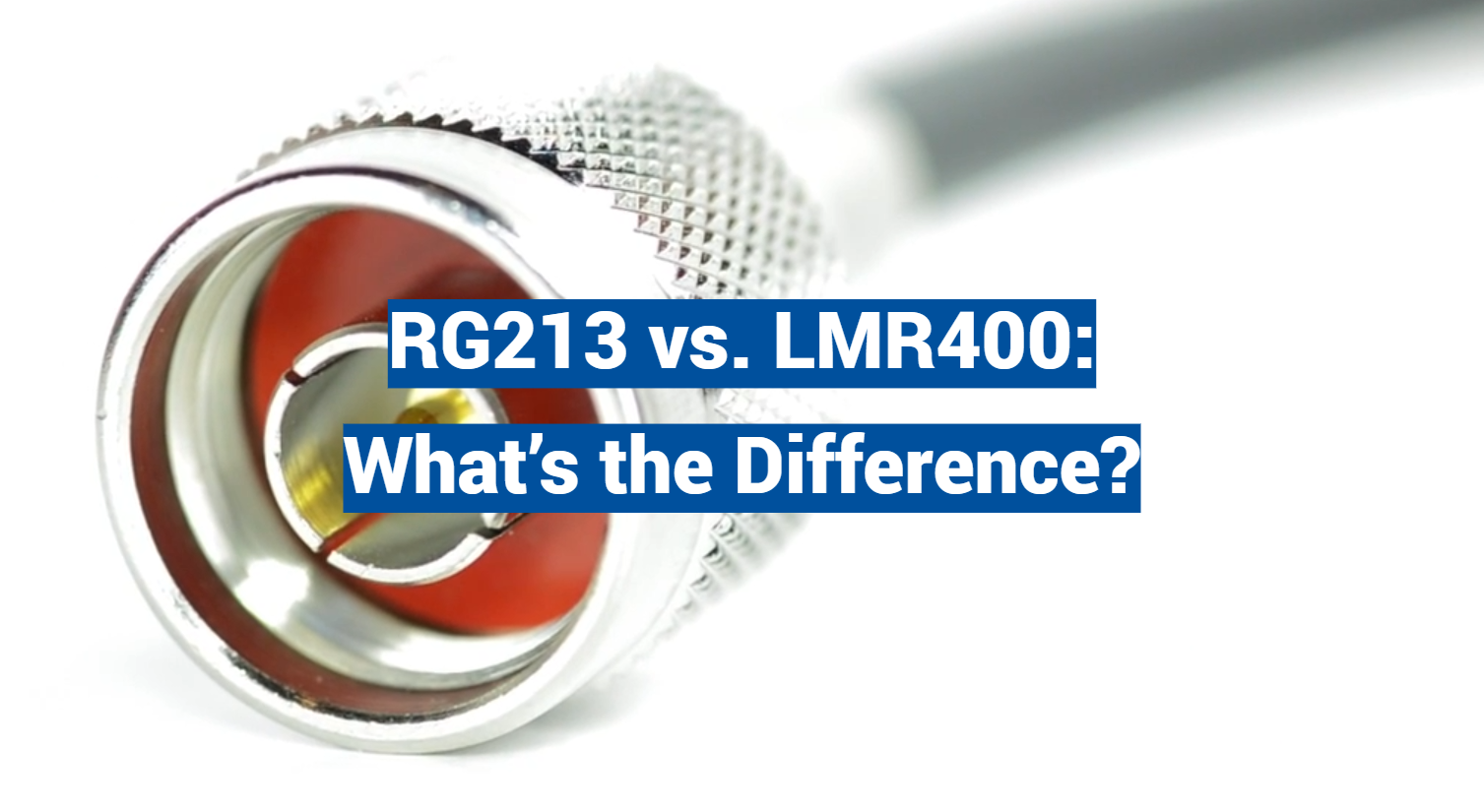In the world of coaxial cables, the choices can often seem overwhelming. Do you need RG213 or LMR400? What is the difference between the two? Whether you’re a seasoned professional or just getting started in the field, choosing the right coaxial cable is crucial for ensuring optimal performance in your communications systems. This expert guide will dive deep into the world of coaxial cables and compare the qualities of RG213 and LMR400, helping you make the best decision for your specific needs. So, get ready to unravel the intricate world of coaxial cables as we decipher the mysteries of RG213 versus LMR400.
What to know about coaxial cables?
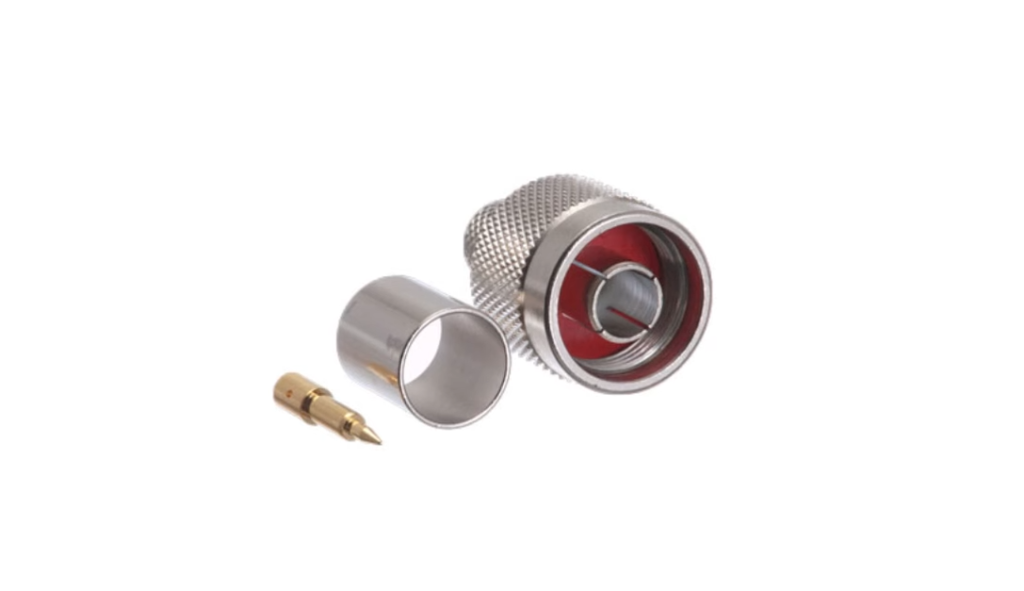
It is important to note that coaxial cables have different characteristics depending on the type of cable and its shielding. Shielding helps protect the transmission from external noise or interference, which can affect the speed and performance of the data transfer. Additionally, coaxial cables come in various sizes and lengths, making them suitable for different applications. Furthermore, coaxial cables can be used in environments where other types of cable cannot, such as extreme temperatures or hazardous materials.
When selecting a coaxial cable for a particular application, it is important to consider factors such as the length and type of cable needed, the amount of shielding required, and the intended use. It is also important to make sure the cable is compatible with the equipment it will be connected to. Lastly, proper installation and maintenance of coaxial cables can help ensure they are working optimally for years to come.
Coaxial cables provide a reliable and secure method of data transfer, making them an essential component in many different types of systems. With their ability to endure high traffic levels, extreme temperatures, and hazardous materials, coaxial cables are a great solution for applications where other cable types may not be viable. Taking into account the various characteristics of coaxial cables and ensuring proper installation and maintenance is key to getting the most out of these versatile cables.
By understanding the properties of different classes of coaxial cable as well as their intended use, it is easy to select the appropriate cable for any application. With proper care and maintenance, coaxial cables can provide reliable data transmission solutions for years to come [1].
Overview of LMR400 Cable
LMR400 is a low-loss, 50-ohm coaxial cable that is widely used for both indoor and outdoor applications. It is a popular choice for connecting RF equipment in the ham radio and commercial radio fields because of its excellent electrical characteristics. LMR400 can be used to transmit signals up to frequencies of 6 GHz, making it suitable for many applications. Its low attenuation ensures that the signal is transmitted over long distances with minimal loss, and its flexibility makes it easy to install. It also has a durable outer jacket that protects the cable from physical damage.
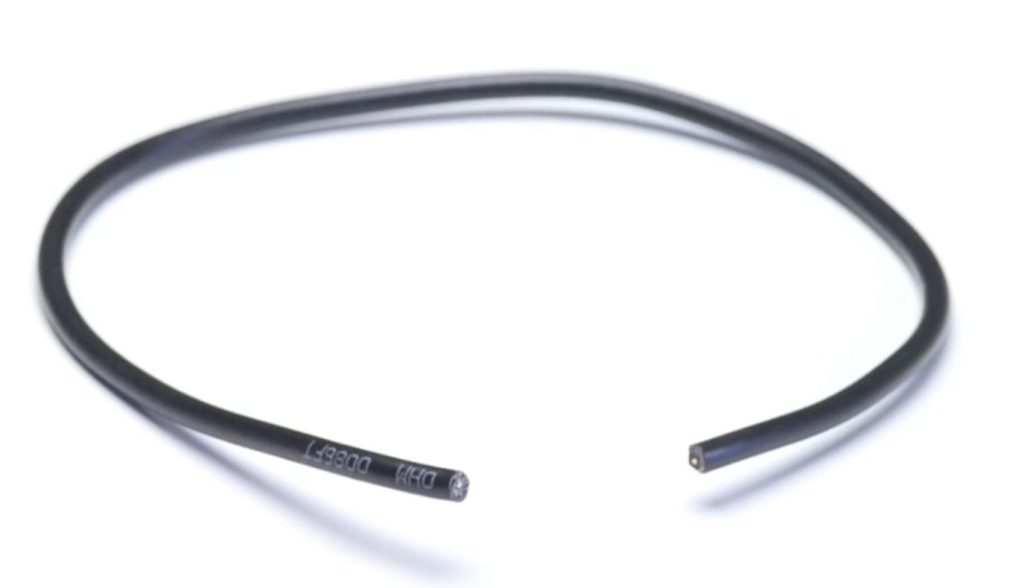
In addition to being used for radio applications, LMR400 can be used for other electronic applications such as connecting computers to routers or modems. It is also commonly used in security systems, audio/video applications, and marine applications. With its many uses, LMR400 is a versatile cable that can be used to meet the connectivity needs of any application.
One of the main advantages of using LMR400 cable is its low cost compared to other cables with similar performance characteristics. It is relatively inexpensive compared to higher-grade cables like fiber optic, and it is available in a wide variety of lengths to suit any application. Additionally, LMR400 is easy to install and requires little maintenance once installed.
Overall, the LMR400 cable is an excellent choice for transmitting signals over long distances with minimal attenuation. Its low cost, ease of installation, and durability make it an ideal choice for many applications. With its flexibility, it can be used for both indoor and outdoor applications, making it a great solution for any application requiring reliable RF transmission [2].
Overview of RG213 Specifications
RG213 is a standard for coaxial cables used in radio transmission. It is an important part of a well-designed RF system and ensures maximum signal fidelity over long distances with minimal loss. Some of the key specifications for RG213 are:
- Impedance: 50 ohm nominal
- Nominal Velocity of Propagation: 66%
- Maximum Frequency: 4 GHz
- Minimum Bend Radius: 8.5 in
- Nominal Capacitance Conductor to Shield: 17 pF/ft
- Jacket Thickness, Outside Diameter and Weight per 1000 ft: 0.375 inch, .405 inch and 255 lbs respectively
These specifications are designed to ensure that the cable can withstand continuous use in harsh environments and still maintain its electrical characteristics. RG213 is also designed with a very low signal loss compared to other cables, making it ideal for long-distance transmission. Additionally, it is UL-listed and certified for military applications, so you can be sure that your RF system will operate reliably when using this cable.
RG213 also has a high durability rating, meaning that it is resistant to temperature extremes, abrasion, and even radiation. This makes it an excellent choice for applications where reliability and long-term performance are essential. Additionally, RG213 can be used in environments where other cables may not survive, such as underwater or in extreme temperatures.
Overall, the characteristics of RG213 make it an ideal choice for a variety of applications, from radio transmission to military applications. It is designed to provide long-term reliability and signal fidelity with minimal loss over long distances. Additionally, its rugged construction makes it resistant to extreme temperatures and radiation, making it suitable for many different environments. With all these features in mind, RG213 is definitely one of the best options for a reliable coaxial cable.
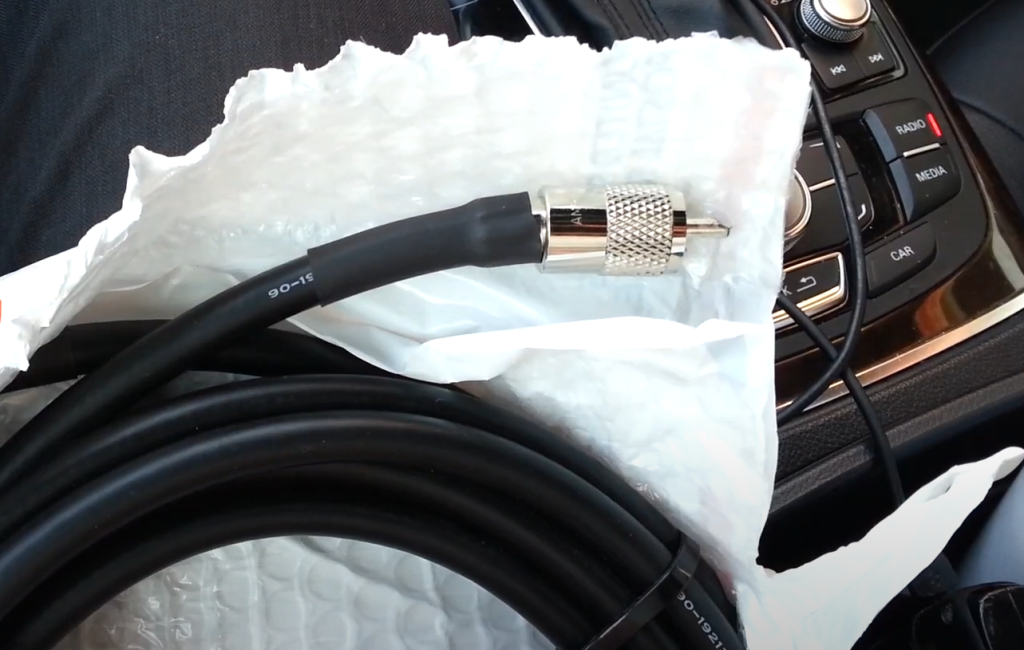
LMR400 VS RG213
Features and Advantages
When comparing the two coaxial cables, LMR400 has higher power handling capabilities compared to RG213. This is due to its thicker dielectric insulation which provides better physical protection for the cable. LMR400 also features an outer PVC jacket providing additional environmental protection under various weather conditions. Additionally, it offers lower attenuation than RG213, making it ideal for longer runs.
On the other hand, RG213 features a higher velocity of propagation which makes it more suitable for shorter runs where signal integrity is paramount. Furthermore, its smaller size and weight make it an excellent choice in situations when space and weight are limited.
Overall, both cables offer excellent RF performance and are great choices depending on the application. LMR400 is better suited for longer runs while RG213 is the preferred choice for shorter runs. Both cables are widely used in various industries and offer reliable performance when installed correctly.
In terms of cost, RG213 tends to be more affordable than LMR400 due to its simpler construction and smaller size. However, when considering long-term performance and reliability, cost should not be the primary factor in selecting a coaxial cable.
Frequency Range
Another key difference between LMR400 and RG213 is their frequency range capabilities. LMR400 has a usable frequency range of 50 MHz to 4 GHz, making it highly suitable for a wide range of applications that require higher frequencies. This includes cellular networks, Wi-Fi systems, and other advanced communication technologies.
On the other hand, RG213 has a more limited frequency range of 30 MHz to 500 MHz, making it more suitable for applications such as radio communications and television broadcasting, where lower frequencies are commonly used. These distinctions in frequency range capabilities make LMR400 and RG213 ideal choices for specific applications based on their respective frequency requirements.
Electrical Characteristics
When evaluating the electrical characteristics of coaxial cables, it is worth noting that LMR400 surpasses RG213 in terms of power rating, boasting an impressive 21.1 dB/100 ft. Additionally, LMR400 exhibits lower signal loss and superior RF shielding performance, attributed to its thicker dielectric insulation. This enhanced insulation aids in minimizing interference and ensures optimal signal transmission, making LMR400 an excellent choice for applications that demand high-quality performance and reliability.
In contrast, the RG213 coaxial cable features a power rating of 20.9 dB/100 ft., which is slightly lower than that of the LMR400 cable. Additionally, RG213 has a higher capacitance value of 18 pF/ft compared to 17 pF/ft for LMR400. This higher capacitance value makes RG213 more suitable for applications that require greater power-handling capability, providing enhanced performance and reliability in demanding environments.
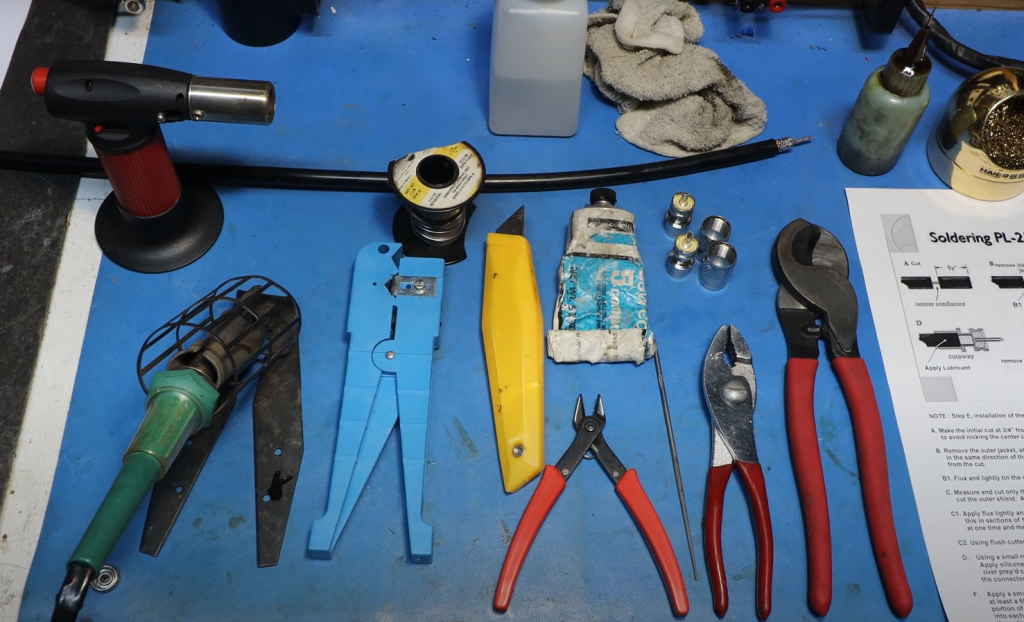
Durability
Both cables, RG213 and LMR400, are meticulously crafted to ensure exceptional durability and long-term performance. RG213 boasts an abrasion-resistant outer jacket, making it highly resilient even in the harshest environmental conditions. On the other hand, LMR400 is equipped with a UV-resistant polyethylene jacket, offering superior safeguarding against the elements. With these advanced features, both cables are engineered to provide reliable and uninterrupted connectivity, making them ideal choices for various applications.
Furthermore, LMR400 is a high-performance coaxial cable that is specifically designed for direct burial applications. Its robust construction and superior shielding capabilities make it ideal for outdoor installations in areas where cables need to be buried. With its exceptional durability and weather-resistant properties, LMR400 ensures reliable and long-lasting performance even in harsh environmental conditions.
On the other hand, RG213 is another coaxial cable option that offers excellent durability. While it can also be used outdoors, it is important to ensure proper protection from the elements to maintain its performance and longevity. By providing reliable signal transmission and resistance to interference, RG213 is a reliable choice for various outdoor applications.
In summary, both LMR400 and RG213 are suitable for outdoor installations, with LMR400 specifically designed for direct burial applications and RG213 offering excellent durability when properly protected.
Specifications
When selecting the best coaxial cable for a specific application, it is important to consider the specifications of each cable. LMR400 has a maximum operating temperature rating of 80°C (176°F), making it suitable for applications in hot environments. RG213, on the other hand, has a maximum operating temperature rating of 70°C (158°F).
The two cables also have different impedance ratings. LMR400 has an impedance rating of 50 ohms while RG213 is rated at 75 ohms. This makes LMR400 more suitable for applications requiring a low-impedance connection, such as cellular and Wi-Fi systems. Finally, both cables are UL-certified for safety and reliability purposes, ensuring they meet industry standards [3].
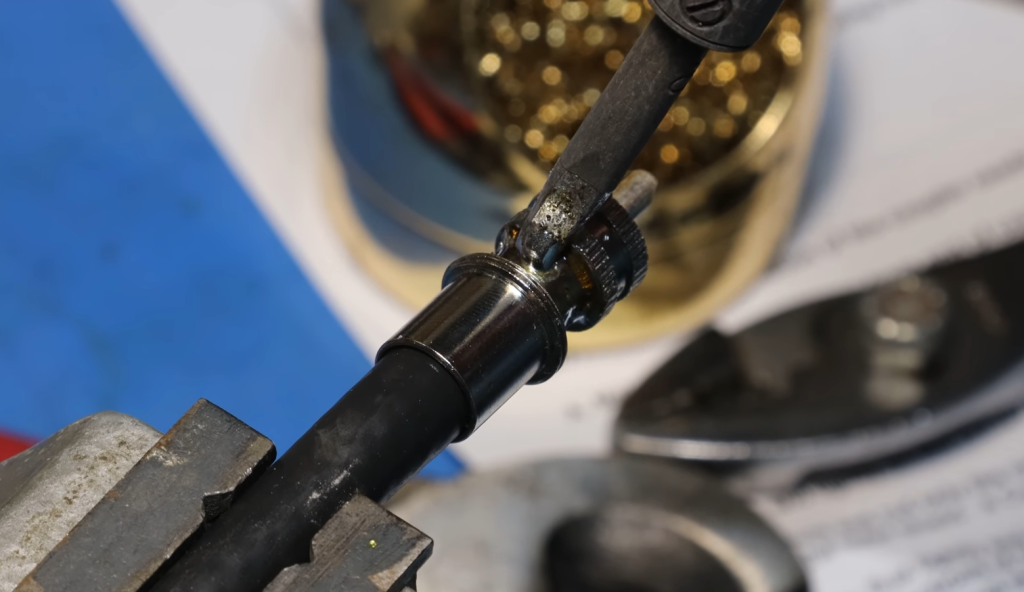
LMR400 VS RG213 Applications
In general, LMR400 is a lower-cost and lighter-weight cable than RG213 which makes it ideal for smaller installations or mobile applications where size and weight constraints come into play. It is also more flexible than RG213 which allows for easier installation in tight spaces or difficult-to-reach areas.
However, one of the main differences between LMR400 and RG213 is their transmission line performance. In general, LMR400 has a lower loss per foot than RG213 meaning that it can carry signals over longer distances with less loss. This makes LMR400 more suitable for long-distance runs such as satellite or cell tower communication applications.
In addition to transmission line performance, another important factor to consider when choosing between LMR400 and RG213 is the type of connectors used. LMR400 is usually fitted with N-type connectors which are robust and reliable making them well suited for outdoor use. On the other hand, RG213 is more commonly fitted with BNC connectors which are not as robust but offer better performance at higher frequencies making them well suited for indoor applications.
Overall, both LMR400 and RG213 coaxial cables have their own set of advantages and disadvantages making them suitable for different application scenarios. When choosing between the two types of cable, be sure to take into account the performance requirements, installation environment, budget and other factors. This will help ensure that you choose the best cable for your needs.
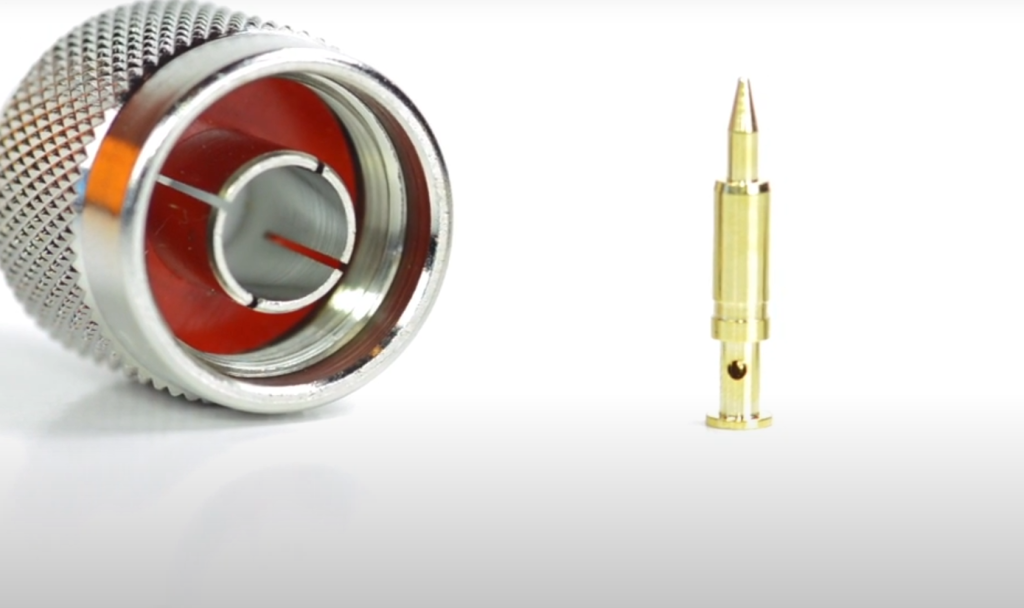
FAQ
What is the difference between LMR and RG cable?
LMR (Low-loss Microwave Radio) is a coaxial cable that has been specifically designed to provide low loss over long distances, while RG (Radio Guide) are standard coaxial cable. LMR tends to be more expensive and has higher signal attenuation compared to RG, but its performance is superior when it comes to transmitting signals across longer distances. It is commonly used in high-frequency applications such as wireless communication, satellite links, and more.
RG cable is typically cheaper and offers better shielding from electromagnetic interference than LMR, but its signal loss over long distances is not as good. It is usually used for short-distance applications like Wi-Fi networks and CCTV systems. Both types of cable have their advantages and disadvantages so it is important to consider the application before making a decision.
What are the advantages of using LMR cable?
LMR cabling offers several advantages over standard RG cables including increased signal strength and lower signal loss over long distances, which makes it more suitable for high-frequency applications. It also has a higher shielding capability from electromagnetic interference and is less prone to signal degradation due to temperature changes. Furthermore, LMR is much more flexible than RG which makes it easier to install in cramped spaces. Lastly, its increased durability makes it a better option for outdoor or exposed wiring applications.
Is LMR-400 the same as RG-400?
No, LMR-400 and RG-400 are two different types of cable. LMR-400 is a low-loss microwave radio cable that is specifically designed for high-frequency applications, while RG-400 is a standard coaxial cable that is used for short-distance applications such as Wi-Fi networks and CCTV systems. They differ in terms of signal loss, shielding capabilities, and flexibility.
What is the maximum distance that LMR cable can be used for?
The maximum distance of an LMR cable depends on several factors including the frequency of the signal, the type of LMR cable being used, and the environment in which it is being installed. Generally speaking, a good-quality LMR-400 cable can transmit signals up to 40-50 feet without any noticeable signal loss, while longer distances can be achieved with specialized LMR cables. It is always best to consult a professional before attempting to run long-distance cabling.
What tools are needed for installing LMR cable?
Installing LMR cable requires specialized tools such as crimpers, strippers, and cable cutters. Additionally, it is important to have a variety of connectors on hand in case you need to make custom connections. If the cable needs to be run through walls or ceilings, you may also require specialized tools such as hole saws and conduit benders. It is always best to consult a professional before attempting any type of installation work.
What is RG cable used for?
RG cable is typically used for short-distance applications such as Wi-Fi networks, CCTV systems, and other low-frequency signals. Its signal loss over long distances is not as good as LMR but it offers better shielding from electromagnetic interference and is less prone to signal degradation due to temperature changes. It’s also cheaper than LMR and easier to install in tight spaces, making it a popular choice for many home and commercial applications.
Is LMR cable waterproof?
Yes, most LMR cables are designed to be water-resistant, although some versions may offer additional protection against moisture or other environmental elements. It is always best to consult the manufacturer of the cable before attempting any type of installation in an outdoor or exposed environment.
Can I use an LMR cable for my car audio system?
Yes, it is possible to use LMR cable for car audio systems as long as the signal strength and frequency are within the acceptable range. It is important to consider the environment in which the cables will be installed since they may need additional shielding from electromagnetic interference or moisture damage. Additionally, it is best to consult a professional before attempting any type of installation work.
How do I terminate an LMR cable?
Terminating an LMR cable can be done using specialized tools such as crimpers, strippers, and cable cutters. First, the outer jacket must be stripped away to expose the dielectric material which will then need to be cut away before the connectors can be attached. It is important to ensure that the connectors are properly connected and firmly secured before testing the cable’s signal strength. If you are not comfortable with this process, it is best to consult a professional for assistance.
Conclusion Paragraph
So, such cables as RG213 and LMR400 prove to be good candidates for use in the majority of demanding applications, where reliable performance and low signal loss are essential. Both cables provide excellent shielding and protection which make them ideal for outdoor installations. The only differences between these two cables are the size and the amount of shielding that each one offers. While LMR400 is slightly larger, it also provides greater shielding from external interference. In conclusion, when choosing between RG213 and LMR400, consider the size of the cable as well as its shielding capabilities to determine which one would better suit your needs.
Useful Video: I Bought KMR-400 Coax From Amazon | How Bad Can It Be?
References:
- https://www.wilsonamplifiers.com/blog/understanding-coaxial-cables-the-complete-guide/
- https://www.utmel.com/components/lmr400-coaxial-cables-rf-50ohms-video-datasheet-features-and-applications?id=1855
- https://www.easybom.com/blog/b/lmr400-vs-rg213-what-s-the-difference-between-them

